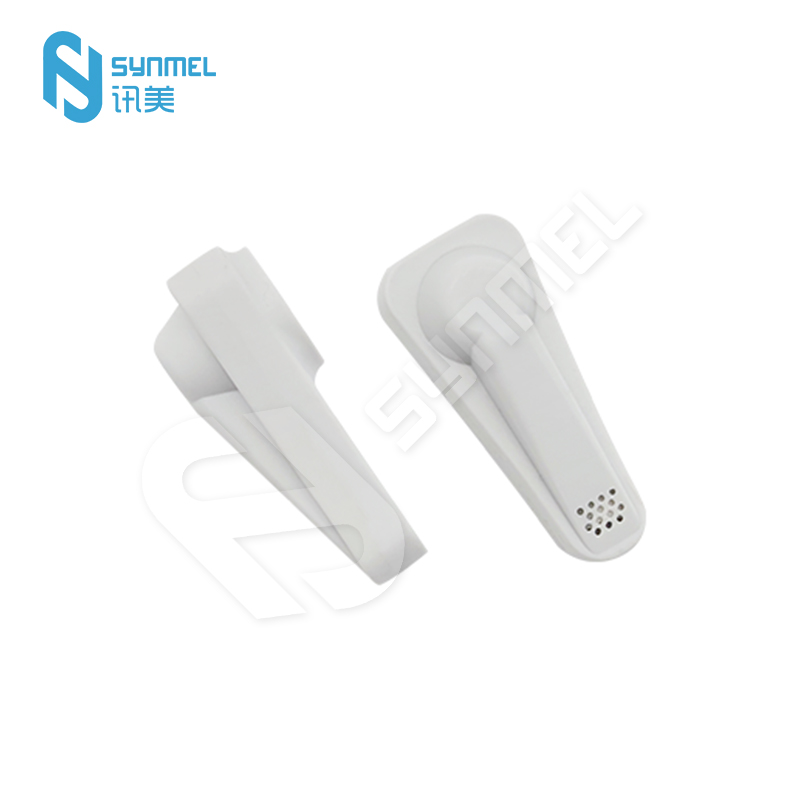- English
- Español
- Português
- русский
- Français
- 日本語
- Deutsch
- tiếng Việt
- Italiano
- Nederlands
- ภาษาไทย
- Polski
- 한국어
- Svenska
- magyar
- Malay
- বাংলা ভাষার
- Dansk
- Suomi
- हिन्दी
- Pilipino
- Türkçe
- Gaeilge
- العربية
- Indonesia
- Norsk
- تمل
- český
- ελληνικά
- український
- Javanese
- فارسی
- தமிழ்
- తెలుగు
- नेपाली
- Burmese
- български
- ລາວ
- Latine
- Қазақша
- Euskal
- Azərbaycan
- Slovenský jazyk
- Македонски
- Lietuvos
- Eesti Keel
- Română
- Slovenski
- मराठी
- Srpski језик
What are the precautions for using the EAS Garment Tag?
EAS garment tags are security devices used to prevent merchandise theft and are widely used in the retail industry, particularly in clothing stores. When using EAS tags, the following points must be considered to ensure their effectiveness and security:
1. Correct Tag Selection
Matching the Tag Type to the Product: Select the appropriate EAS tag based on the type of garment or product. Common EAS tags include soft tags, hard tags, RF tags, and AM tags. Different tags have different sensing ranges and applications, so choose the most appropriate type.
Waterproof and Moisture-Resistant: Select a tag suitable for the storage environment to ensure it remains functional even in wet conditions.
2. Proper Tag Installation
Avoid Damage to Garments: When installing the tag, ensure it does not damage the merchandise, especially knitwear or easily torn garments. Avoid pressing the tag against vulnerable areas during installation.
Secure Installation: The tag should be fixed in an inconspicuous location on the garment, typically on the inside, near the hangtag, or near the care label. This provides effective theft prevention without detracting from the garment's appearance. Avoid contact with fragile parts: Ensure that tags do not come into direct contact with fragile parts of clothing, such as zippers and buttons, to avoid affecting the wear and appearance of the clothing.
3. Tag Activation and Deactivation
Deactivation: At checkout, merchants must use a dedicated deactivation device to deactivate the tag to prevent the alarm from being triggered after the customer's purchase. Incomplete deactivation may trigger the alarm when the customer leaves the store.
Preventing Accidental Tag Deactivation: Ensure deactivation is performed correctly to avoid damaging the tag or causing it to become ineffective.
4. Monitoring Equipment Maintenance
Regular Equipment Inspection: The EAS system's door sensor or detector should be regularly inspected to ensure proper operation. Equipment malfunctions may prevent the tag from properly triggering the alarm.
Checking Signal Strength: Ensure that the EAS system's signal strength and detection range are not obstructed, ensuring that the tag can be properly detected within the doorway area.
5. Tag Management and Storage
Tag Inventory Management: EAS tags are security devices and must be properly stored to prevent loss. Records should be kept for each tag to facilitate traceability when necessary. Regular Inventory and Replacement: Regularly inspect the integrity of tags, and replace damaged or expired tags promptly. Ensure all tags are in working order.
6. Preventing Tag Misuse
Preventing Malicious Damage: Some customers may attempt to remove or damage tags. Merchants should take steps to educate customers and prevent malicious damage.
Compliant Use: Ensure that EAS tags are used in compliance with laws and regulations, avoiding any infringement of customer privacy or unnecessary conflicts.
7. Employee Training
Training Employee Operational Procedures: Employees should understand the installation, deactivation, and monitoring procedures for EAS garment tags, ensuring each step is performed correctly.
Customer Service: Employees should manage interactions with customers, ensure they understand the purpose of the EAS system, and avoid unpleasant experiences caused by false alarms.
8. Responding to False Alarms
Regularly Inspect Tags for Damage: False alarms may be caused by damaged or incompletely deactivated tags. Merchants should regularly inspect tags to prevent these issues.
Handling Alarms: In the event of an alarm, merchants should promptly understand the situation and conduct verification. If the alarm is a false alarm, employees should politely assist the customer in resolving the issue to avoid negatively impacting the customer experience.
By implementing the above considerations, you can ensure the effectiveness of EAS garment tags, prevent product theft, and maintain the customer's shopping experience.




